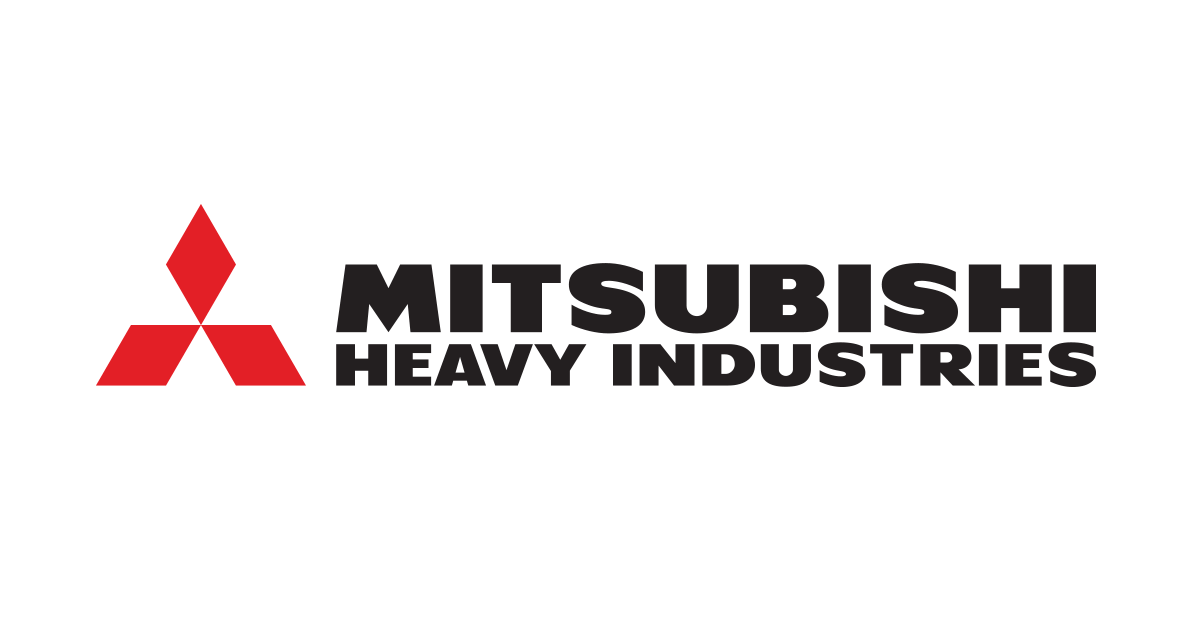Global Green Building Materials Market Projected To Surge
Technavio forecasts that the green building materials market worldwide will expand by USD 363 billion from 2024 to 2028. The market will grow at a compound annual growth rate of approximately 15.67% during this period, as expected. The increasing demand for energy-efficient green buildings is driving this growth, with advancements in insulation materials being a […] The post Global Green Building Materials Market Projected To Surge appeared first on World Construction Today.
Technavio forecasts that the green building materials market worldwide will expand by USD 363 billion from 2024 to 2028. The market will grow at a compound annual growth rate of approximately 15.67% during this period, as expected. The increasing demand for energy-efficient green buildings is driving this growth, with advancements in insulation materials being a significant factor. Despite this, the high initial costs of green buildings remain a challenge. Prominent market players include American Hydrotech Inc., ANDERSEN Corp., BASF SE, Bauder Ltd., Binderholz GmbH, Compagnie de Saint Gobain, DuPont de Nemours Inc., Foam Holdings Inc., Forbo Management SA, Holcim Ltd., Interface Inc., Kingspan Group Plc, Koch Industries Inc., LX Hausys Ltd, Owens Corning, PPG Industries Inc., REDBUILT, Sika AG, Standard Industries Inc., and The Alumasc Group plc.
Key Factors Boosting Market Expansion
The demand for green building materials is rising due to innovations in insulation products. Materials such as Styrofoam board and spray foam, including XPS foam with eco-friendly blowing agents, are becoming more popular. Concerns about high greenhouse gas emissions from traditional insulation products have led manufacturers to adopt lower-impact agents like hydro-fluoro olefins (HFO). XPS foam panels, which have a significantly lower environmental impact, are becoming a sustainable choice, positively influencing the market.
The market’s growth is also driven by increasing awareness and demand for sustainable construction. Focus areas include insulation, concrete, and roofing materials. Recycled material-based insulation and low embodied energy concrete are gaining traction. Fabricated roofing systems made from recycled materials are also becoming a trend. Additionally, building information modeling (BIM) technology is enhancing the design and construction of energy-efficient buildings. The use of renewable energy sources and the adoption of green certifications further propel market growth. The green building materials market is expected to maintain its growth trajectory in the coming years.
Challenges Confronting the Market
The green building materials market faces obstacles due to the substantial initial investment required. Advanced, energy-efficient materials and technologies can drive up costs for both small and large enterprises. The expenses associated with architectural and engineering design time, modeling, and the integration of sustainable practices can be prohibitive. These cost factors might reduce demand for green buildings, potentially affecting the market for green building materials during the forecast period.
Another set of challenges includes the higher cost of eco-friendly materials compared to conventional ones. Consumer education and awareness about the long-term benefits of green materials are also significant hurdles. The availability and accessibility of these materials vary across regions, complicating their adoption. Furthermore, the lack of standardization and certification processes can impede market growth. Addressing these challenges involves promoting the use of renewable and recycled materials, energy-efficient insulation, and adhering to green building codes. Collaboration between producers and consumers is essential to foster the use of green building materials and advance sustainable construction practices.
The post Global Green Building Materials Market Projected To Surge appeared first on World Construction Today.

 machineryasia
machineryasia 






